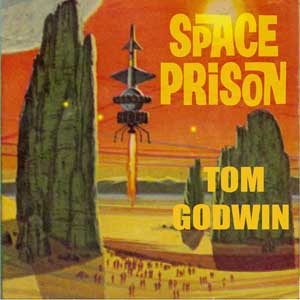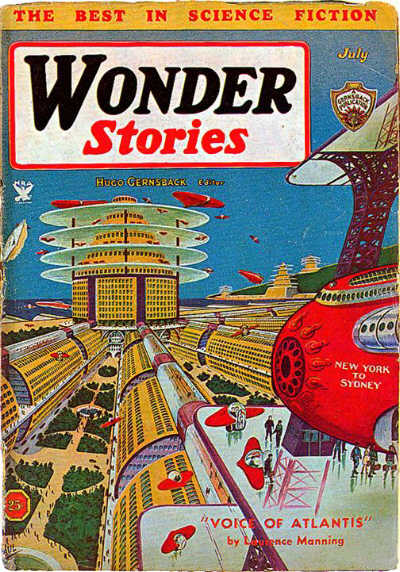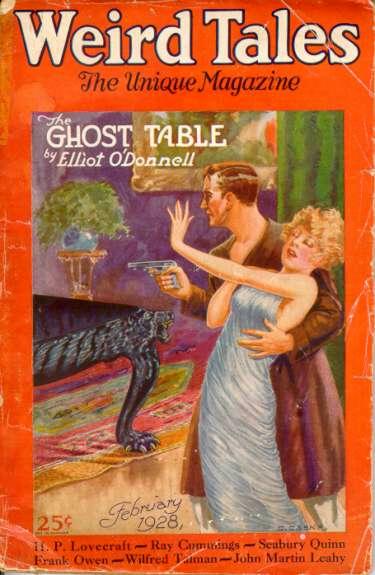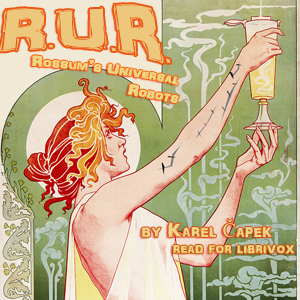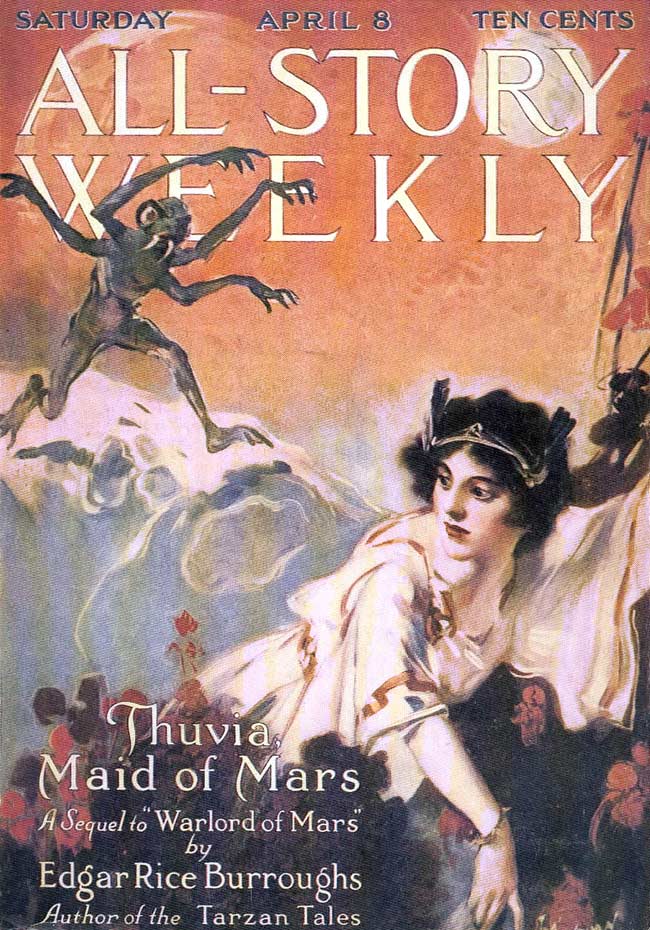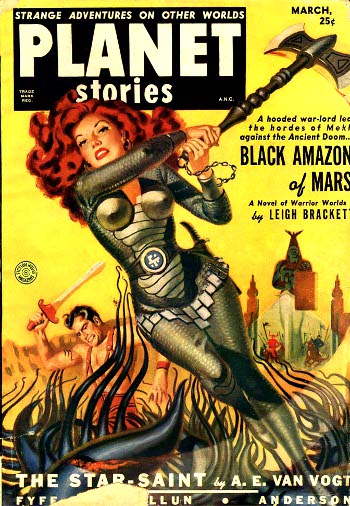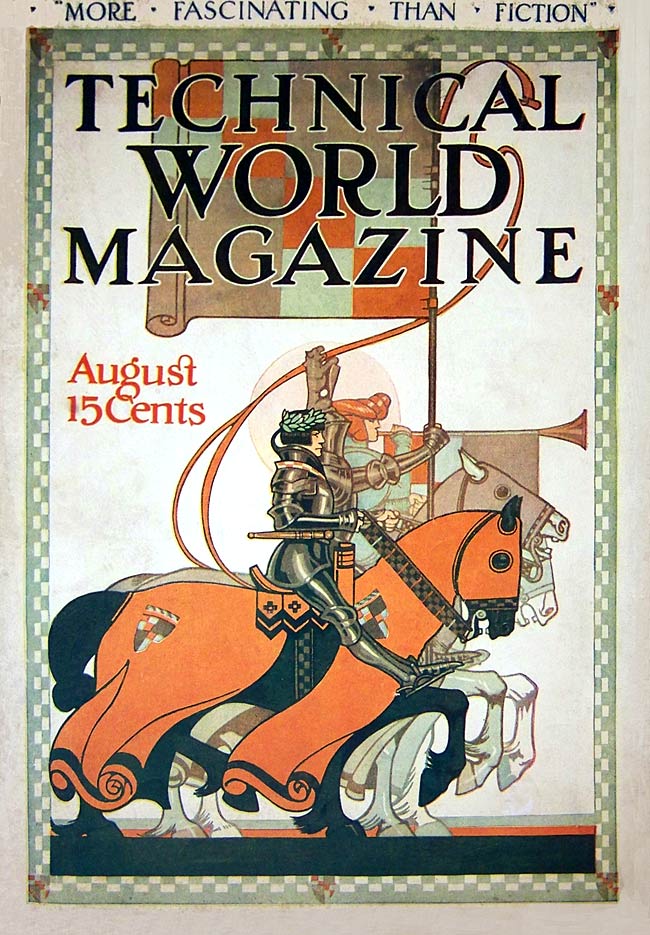
A regular exploration of public domain genre works available through Project Gutenberg, Internet Archive, and Librivox.
By Colleen McMahon: I recently had the privilege of attending a free lecture (via the Atlanta-Fulton County Public Library) by Dr. Lisa Yaszek, who is a professor of Science Fiction Studies at Georgia Tech. She gave a presentation on the history of time travel in science fiction. Not only was it fascinating for itself, it also led me to lots of works in the public domain to mention here. (Bonus: I also met fellow Filer Kirby Bartlett-Sloan there!)
In fact, there are LOTS of interesting time-travel tales in the public domain, and it seems like the more I dig, the more I find. So this will be the first of two back-to-back columns on time-travel themes, with more random installments to come in the future. Because there is a lot to say on this topic, I’ll also be departing from my usual format to focus just on the time-travel topic for these two columns.
One of the most intriguing points is that time-travel fiction as we know it, SF or otherwise, didn’t really exist before the 19th century. There seems to be two main reasons for that.
The first is that one of the main ideas of time travel is visiting historical eras in the past, or bringing people from historical times to the present day and interacting with them. But the sense of historical periods being very different from and foreign to the current day, and thus more interesting to interact with, is relatively recent. For vast swaths of human history, the past looked a lot like the current day, as people stayed in the same places and did the same things. Since much of the narrative interest in time-travel fiction is in the contrast with earlier times, it does not seem to have been as much of an imaginative stimulus.
(However, even in those centuries, there was a sense of a distant past that was different — the days of Moses, Jesus, or the gods of ancient mythologies worldwide. It seems odd to me that there wasn’t much apparent imaginings or discussions of what it would be like to see those times in person or talk to legendary figures like Buddha or Confucius or Hercules.)
The other reason was that, while time as a linear concept existed, the cyclical sense of time, based on seasons and repetitions of holidays and festivals, was far stronger in people’s minds. The rhythms of the agricultural year reinforced this, and even the few who did not directly grow their own food were keenly aware of the annual cycles of food production.
It’s really the standardization of time intervals, time zones, and calendars that began in the 18th century and fully took hold in the 19th, that gave most people a distinct sense of a one-way march of clearly delineated time periods. The fact that more people were becoming detached from the farm and food production, with its cyclical emphasis, and were moving to towns and cities where transit, factories, and stores ran on strict schedules, helped reinforce the rise of linear time sense.
Dr. Yaszek points out that it’s not a coincidence that the first mechanical time-travel stories, where a machine could precisely target and “jump” to a particular era, appear within the same decade as the 1884 International Meridian Conference that established standard time zones worldwide.
However, the earliest time-travel story device is one that is still used, and is more of a fantasy trope than a science fiction one. That’s the “time slip”, where a character interacts with another time period through an unexplained or magical connection. This can be seen as far back as portions of the Indian Mahabarata or the Japanese folk-tale Urashima Taro, where characters magically travel to other dimensions, and return to themselves to find that years have mysteriously passed. Washington Irving’s “Rip Van Winkle” is a variant of this theme that most of us are familiar with.
Mid-19th-century tales like Charles Dickens’ A Christmas Carol and Mark Twain’s A Connecticut Yankee in King Arthur’s Court also use this “time slip” device — the authors are not as concerned with how the time travel happens as the experiences that the main characters have as a result.
A less well-known example is “A Tale of the Ragged Mountains” by Edgar Allen Poe. This 1844 short story is a rather confusing tale in which an unnamed narrator tells the story of his meeting, years earlier, a mysterious young man named Arthur Bedloe. Bedloe was in his 20s, but seemed far older to the narrator, perhaps because of ill health. He was attended by a physician, Dr. Templeton, who specialized in a form of mesmerism.
Bedloe narrates his strange experience of hiking in a deep mist in the “Ragged Mountains” of Virginia (which appear to be the Blue Ridge Mountains) and suddenly hearing drumming sounds and noticing plants and people that appear to be native to India rather than Virginia. Bedloe ultimately finds himself in an eastern city in the midst of a battle between English soldiers and native people. He is struck by an arrow and dies.
Bedloe insists that it was a real experience, and not a dream, but the narrator points out to Bedloe that he is not dead, so it could not have been real. Bedloe reacts by becoming visibly ill, and Dr. Templeton intervenes to explain that the experience Bedloe narrated sounded much like that of his old friend Oldeb, who had been in India in 1780 and died in a battle there in the way that Bedloe described. What actually occurred with Bedloe is left vague — he was under the influence of both mesmerism and strong drugs when he had his experience, but it’s also strongly implied that Bedloe time-traveled into the mind of Oldeb or was a reincarnation of him. When the narrator later sees Bedloe’s name misspelled on his tombstone as Bedlo, he realizes that Bedlo is Oldeb spelled backwards.
Edward Bellamy’s 1884 novel Looking Backward is another time-slip tale, although this time the narrator has a dream-vision of the future rather than the past. Bellamy’s main purpose was to write a political utopian tale to illustrate possible resolutions to the contemporary political and economic conflicts in the United States, but his book has the distinction of becoming the third best-selling American novel of the 19th century after Uncle Tom’s Cabin and Ben-Hur, which I believe would make it the first SFF best-seller.
The time-slip trope remains alive and well down to the present day, and drives the plot in stories ranging from the Bill Murray movie Groundhog Day to the best-selling Outlander novels by Diana Gabaldon.
(In fact, while time travel in science fiction gets most of the attention, the romance genre has a strong tradition of time-travel romance stories, nearly all of which use the time-slip trope, as the hero or heroine is thrown backward or forward in time by devices ranging from standing stones to family curses to mysterious pendants and more).
Librivox has recordings of most of the above-mentioned works:
- “The Story of Urashima Taro, the Fisher Lad” is included in the audiobook of Yei Ozaki’s Japanese Fairy Tales.
- Rip Van Winkle (4 versions)
- A Connecticut Yankee in King Arthur’s Court (2 versions)
- A Christmas Carol (12 versions, including a dramatic reading version and the condensed version that Dickens used for his live readings)
- “A Tale of the Ragged Mountains” is included in Short Ghost and Horror Collection 025
- Looking Backward
Internet Archive has the 1910 one-reel Edison adaptation of A Christmas Carol.
There are no extant complete copies of the 1921 film of Connecticut Yankee, but the trailer for the very hokey 1949 version is in the public domain!
In the next column, I’ll look at the H.G. Wells novel, The Time Machine, which popularized the mechanical time-travel plot device, and the many tales that followed.


